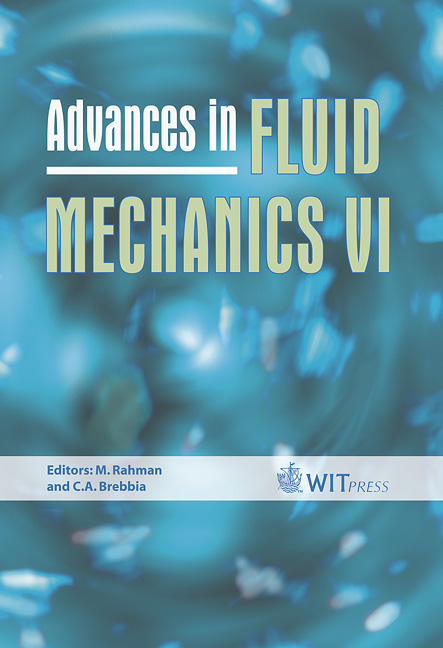Airflow Modeling Analysis Of The Athens Airport Train Station
Price
Free (open access)
Transaction
Volume
52
Pages
9
Published
2006
Size
1,615 kb
Paper DOI
10.2495/AFM060471
Copyright
WIT Press
Author(s)
A.E. Filios & A. Fatsis
Abstract
The present work aims to investigate the maximum CO distribution in the Athens-Greece airport train station platform for long-term exposure. A model based on the numerical solution of the three-dimensional flow field of the Athens-Greece airport train station was developed for this reason The work was performed using the CFD package called FLOVENT® V3.2. The initial study of the CO level at the train station was performed without mechanical ventilation at the train station platform. Three different cases were examined by varying the wind magnitude and direction. Subsequently, four extra scenarios were examined with and without mechanical ventilation. The results obtained from the scenario with mechanical ventilation were compared to the ones from the scenario without mechanical ventilation. In all the above cases, the CO emissions from the vehicles in the two nearby highways were also taken into account. It is concluded that the maximum CO level in the case with mechanical ventilation is higher than in the case without. This is due to recirculation zones that create locally high levels of CO in the platform area. On the other hand, the average level of CO is lower at the platform with the ventilation on. Keywords: emissions level, mechanical ventilation, numerical prediction. 1 Introduction A study undertaken to investigate the CO levels in the Athens-Greece Airport train station platform is presented in the present article. Several external wind conditions will be studied and these will be compared to cases with mechanical
Keywords
emissions level, mechanical ventilation, numerical prediction.





